Hyper Light Breaker is Heart Machine’s ambitious follow-up to Hyper Light Drifter, the beloved isometric RPG that captivated players with its tight gameplay, compelling narrative, and unforgettable art style. Not keen to repeat itself, Heart Machine decided to take an entirely different route with Hyper Light Breaker, most noticeably shifting to a vibrant 3D art style that’s remarkably faithful to its predecessor. Beyond the makeover, Hyper Light Breaker expands on the original using a roguelike setup within a procedurally generated world, completely changing its core gameplay loop. In another shift that starkly contrasts with the solitary adventure that was Hyper Light Drifter, up to three co-op buddies can take on this prequel together.
Game Rant was given a hands-on look at how Hyper Light Breaker‘s co-op gameplay plays out, partying up with two folks from the Heart Machine camp and experiencing much of what the game offers in group play. Compared to our earlier Hyper Light Breaker hands-on preview which was a limited, solo exploration of the combat system, playing with friends highlighted some of the game’s best qualities. That said, it’s not the kind of game where solo players will lack enjoyment, and the difficulty scales according to the number of players.
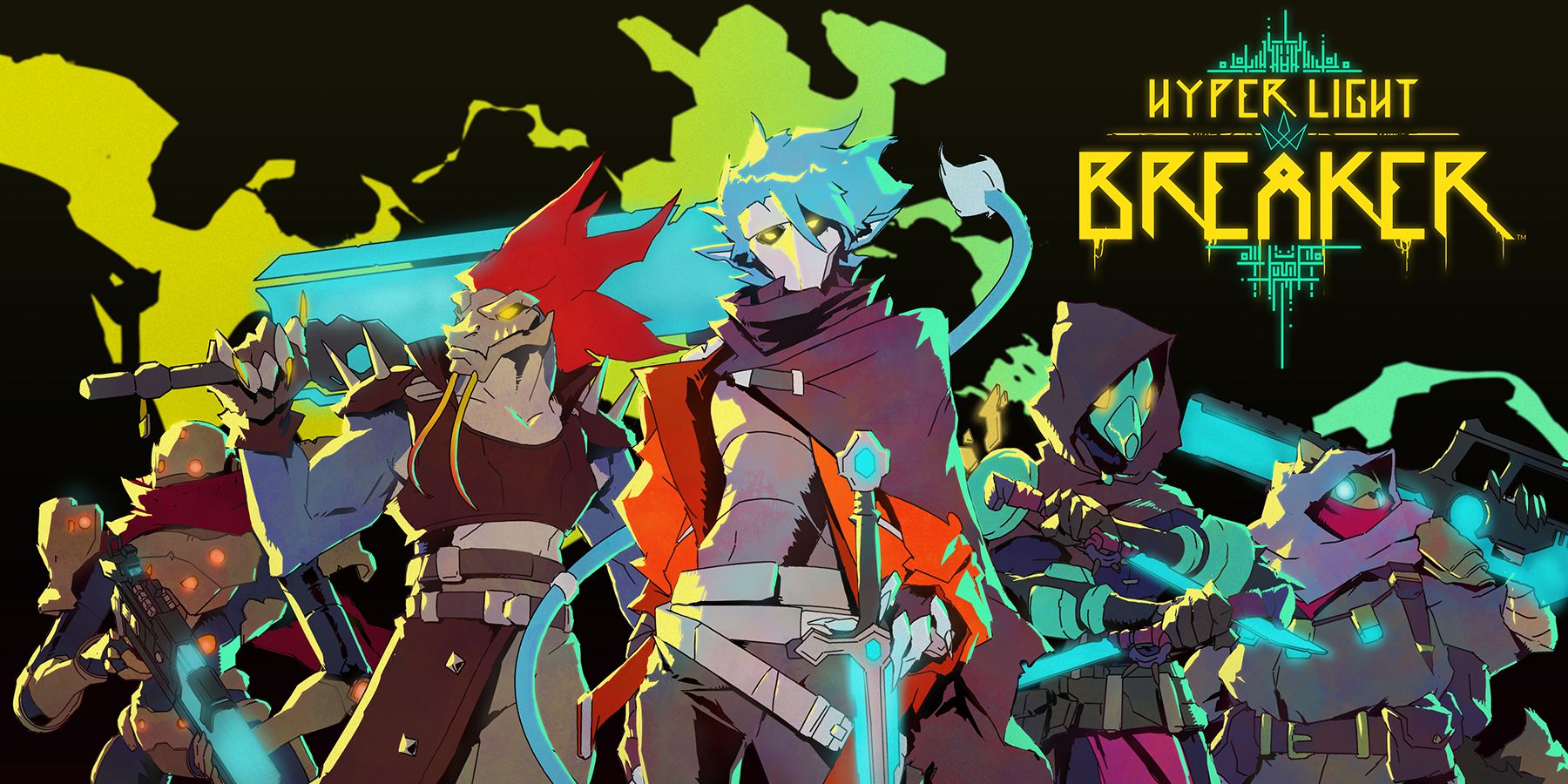
Related
Interview: Hyper Light Breaker Composer and Audio Lead Discuss Music, Sound Design
Game Rant chats with one of Hyper Light Breaker’s composers and the game’s Audio Lead about crafting the upcoming game’s unique soundscapes.
Exploring Hyper Light Breaker’s Hub
Our preview kicked off with an introduction to the game’s hub area, The Cursed Outpost. This is where players will interact with various NPCs related to the game’s meta-progression, and vendors here sell equipment that players can use to flesh out their builds for their current run. Most important NPCs only a few steps away from each otherr, so it’s a quick process to fine-tune our build before heading out to the Overgrowth. Notably, there’s an Affinity system attached to NPCs where giving them gifts yields perks like discounts or larger selections of items.
Here, the most important NPC is Pherus Bit who presents players with their choice of SyComs. SyComs are the Breakers’ robotic companions, acting as the foundation of character builds by defining the Breakers’ base stats and unique passive abilities. While this choice does lean a Breaker toward a class archetype, there is no rigid class system outside of this choice. Breakers can use and equip any gear they find regardless of their SyCom.
We could also use a rare currency found during runs to purchase EXE Abilities here—Hyper Light Breaker‘s meta-progression upgrades that persist between roguelike runs where weapons and gear do not. These upgrades bring helpful bonuses that increase the Breaker’s stamina, enable them to carry additional medkits, and increase the hoverboard’s duration among other things. Over time, life in the Overgrowth should get a little easier as these passives rack up.
Once we finished exploring the hub, we headed to the teleporter pad to form our party. Co-op in Hyper Light Breaker takes a friendly drop-in drop-out approach where loot is instanced to each player, and friends can hop into each other’s games at any time to lend a hand with a tricky boss before easily returning to their playthrough.
Hyper Light Breaker Has Impressive Build Variety
For our preview, we went with Goro and his Sniper SyCom. Goro is a bit squishier than the other characters, but after seeing his bombastic cube-dropping ability that flattens enemies, he became an instant favorite. On top of choosing a character and SyCom, we perused available gear options to refine our build. There’s a surprising variety in Hyper Light Breaker‘s arsenal, with melee weapons ranging from claws to swords and massive hammers alongside ranged weaponry including pistols, submachine guns, and shotguns.
We also had a choice of Amps, often build-defining equipment that provides powerful active abilities. One Amp might give players grenades, another summons a temporary drone combat companion, and we found one that generates a shield and allows us to heal when dishing damage.
Lastly, we could equip Holobytes. These pieces of equipment yield a powerful assortment of passive bonuses that are often core to devising a strong build. One memorable Holobyte, Boost Shell, allowed us to reflect projectiles at attackers when we dashed. Holobytes often have interactivity like this in combat and strongly emphasize various playstyles.
Hyper Light Breaker’s Roguelike Loop Is Great With Friends
The primary objective of each run in Hyper Light Breaker is to defeat the three big Crown bosses, but exploring the Overgrowth thoroughly is important for meta-progression and preparing ourselves for the fights ahead. We quickly plotted a rough route of landmarks to visit on our way to the first Crown, hoverboarding and gliding our way through the game’s impressively vertical terrain.
Unlike many roguelikes that involve time pressure, Hyper Light Breaker’s escalating difficulty is mostly based on what players accomplish. This is a more fair-feeling approach that challenges players doing well, rather than punishing players already struggling. When things got too hectic or we were ready to return to the hub, we could intiiate an extraction at a telepad. Like in Witchfire, players have to fend off waves while the extraction timer counts down. It’s a tense, high-stakes moment, since we may be trying to escape an already dire situation.
Combat in Hyper Light Breaker is frenetic and deadly; hacking and slashing doesn’t cut it. Even in a group of three, we needed to play skilfully, parrying and timing our dashes with precision to survive. There’s also a stagger mechanic that ties to some build interactions. After taking enough damage, enemies will be primed for a finisher that replenishes gun ammo.
Hyper Light Breaker’s Crown Bosses Emphasize Group Dynamics
The Overgrowth is populated with a wide range of enemies, from hulking elite enemies serving as minibosses to airborn foes that tested our aim with a pistol, most encounters presented fresh challenges to test our kits. Of course, Hyper Light Breaker’s Crown bosses were the strongest demonstration of the game’s combat design. Despite varying themes and move sets, the Crown bosses each seemingly had an answer to every playstyle. They could punish us from range, pummel us up close, and overwhelm us with minions or environmental hazards. While overworld combat was more off-the-cuff strategically, these bosses encouraged our party to coordinate our supporting and damage-boosting abilities.
Fighting the Crowns was certainly the highlight of our preview, and the versatility in their design should keep them interesting through multiple runs as players face them with new builds. It took us a little under an hour to wrap up a successful run, which feels like a comfortable pace for a multiplayer roguelike game.
Overall, Hyper Light Breaker feels like an ideal game for groups of friends that have spent time with titles like Risk of Rain 2. It’s easy enough to get a group up and running, while the game’s focus on exploration and its reduced time pressure reinforces the sense of adventure and discovery that Hyper Light Drifter did so well.
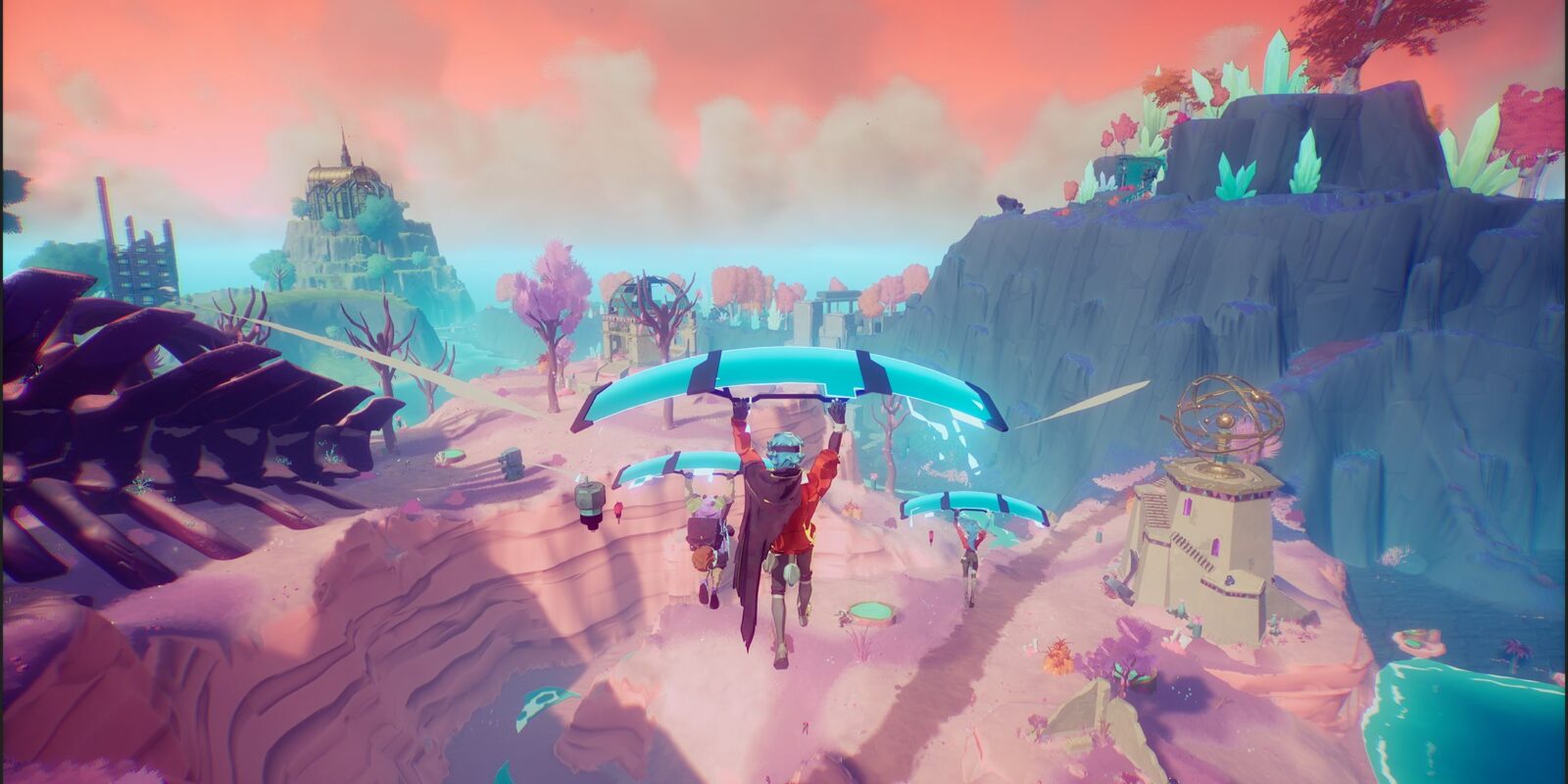

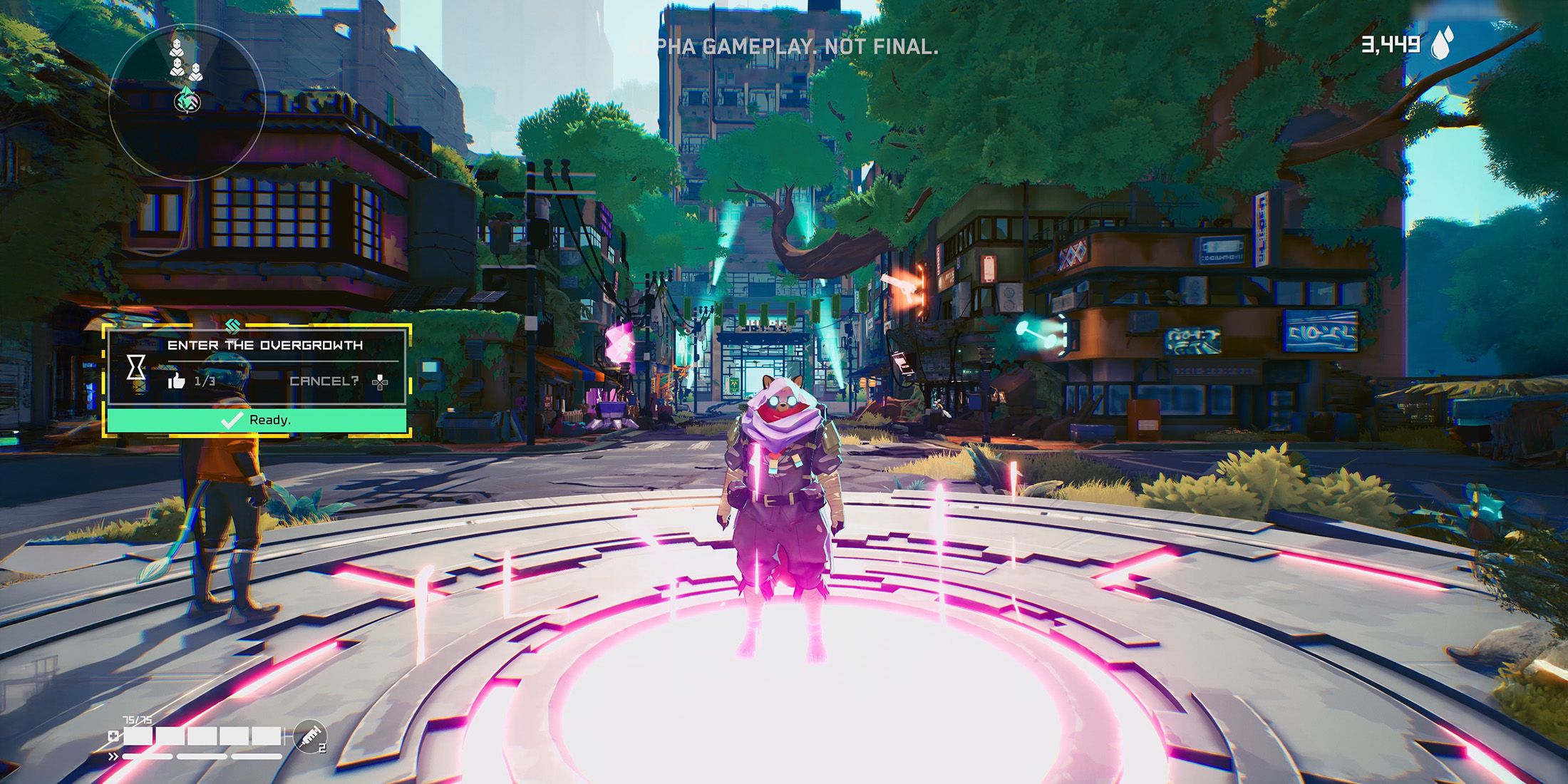
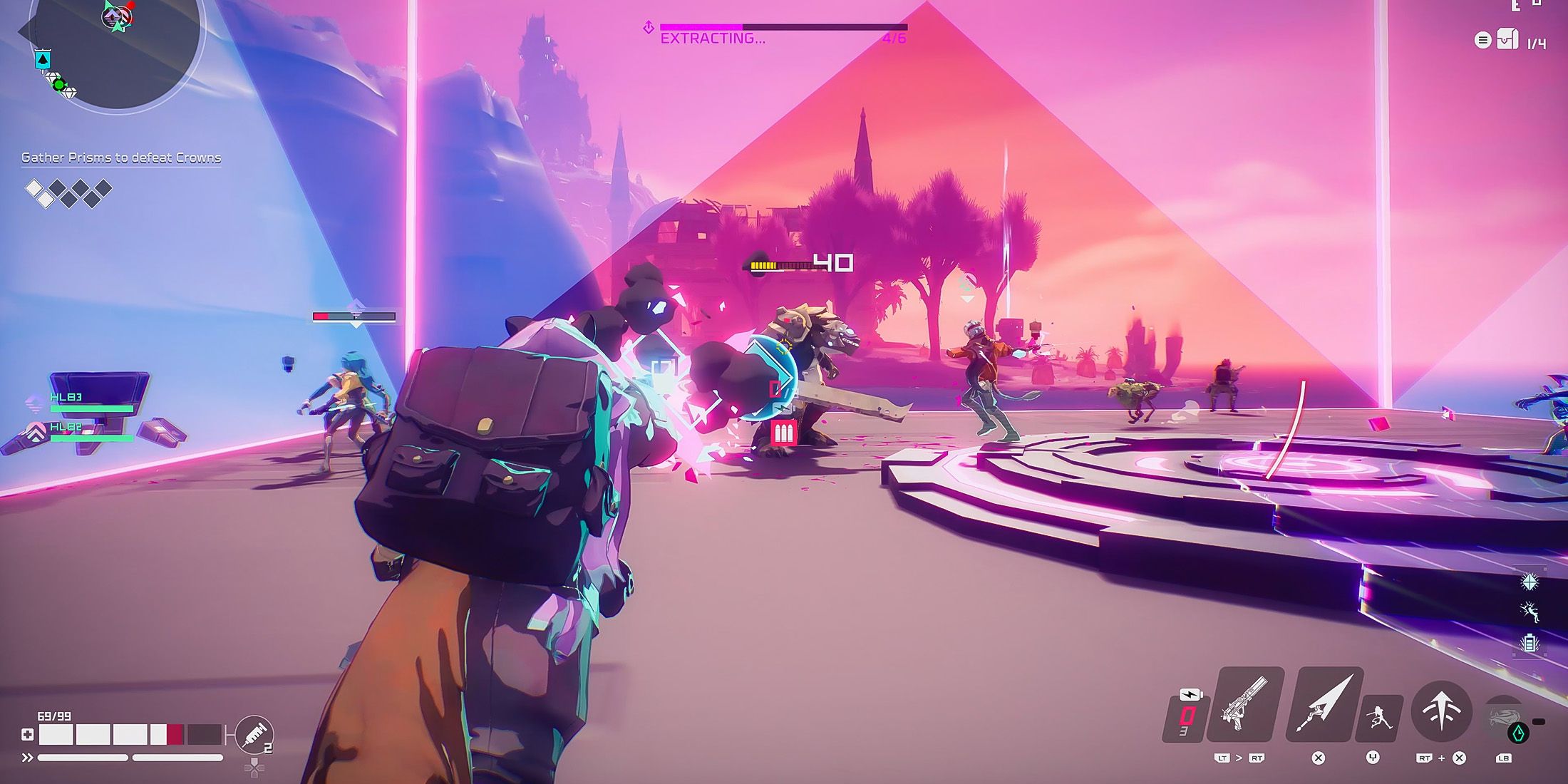
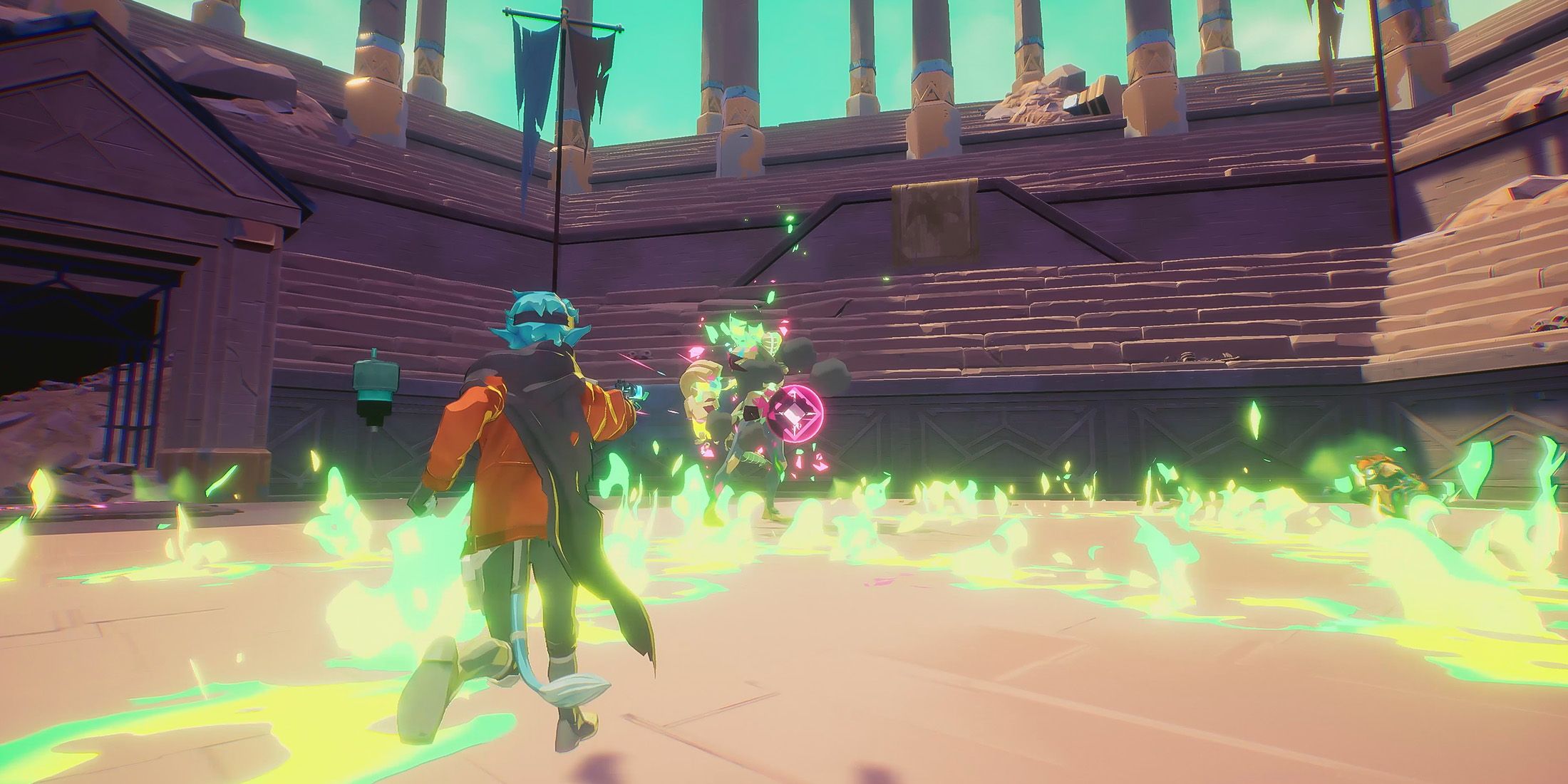
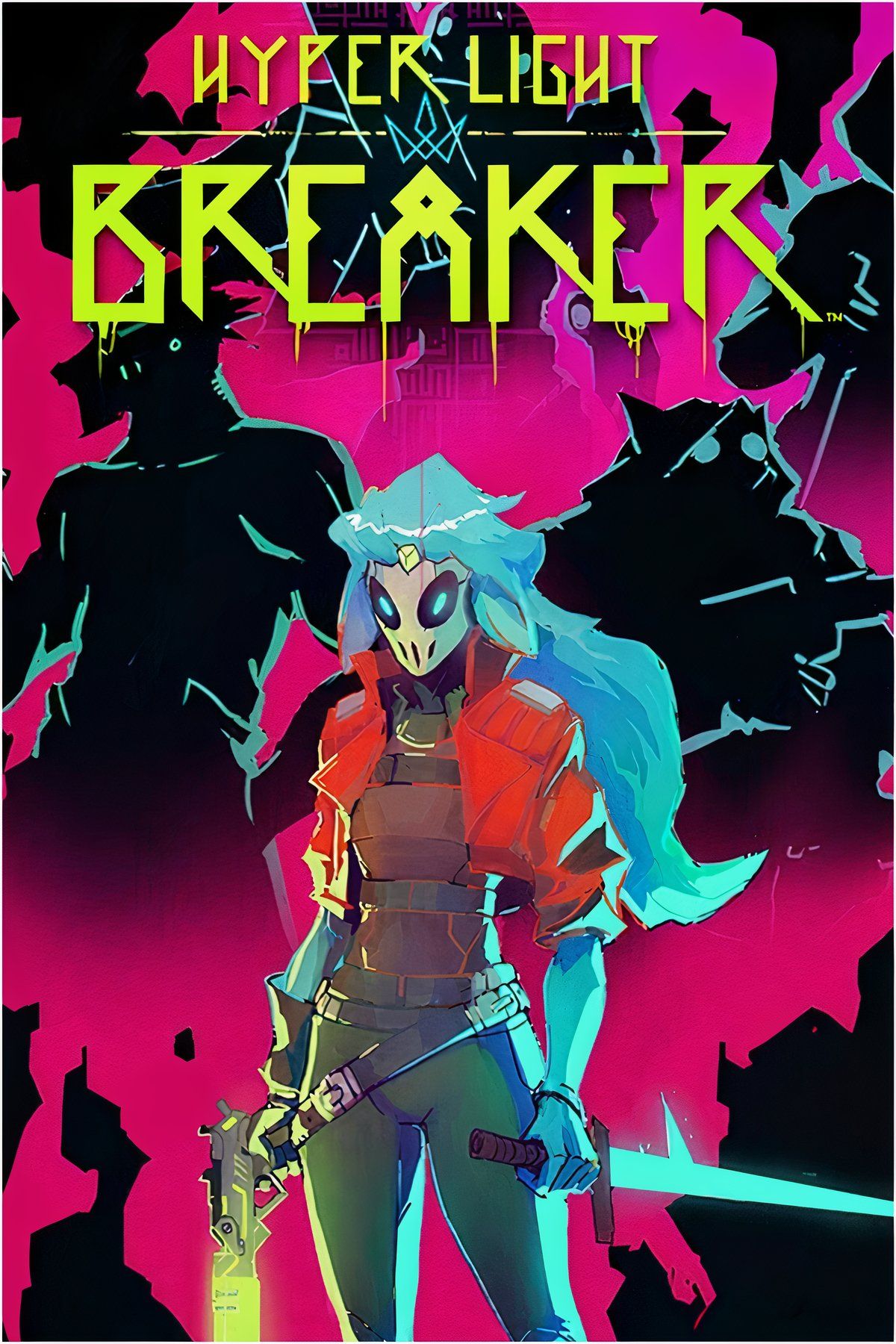


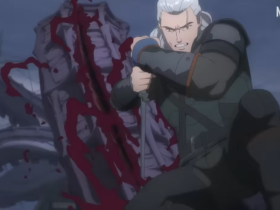

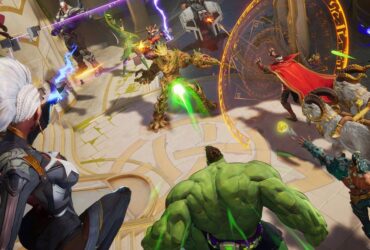


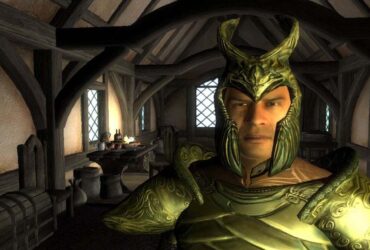

Leave a Reply